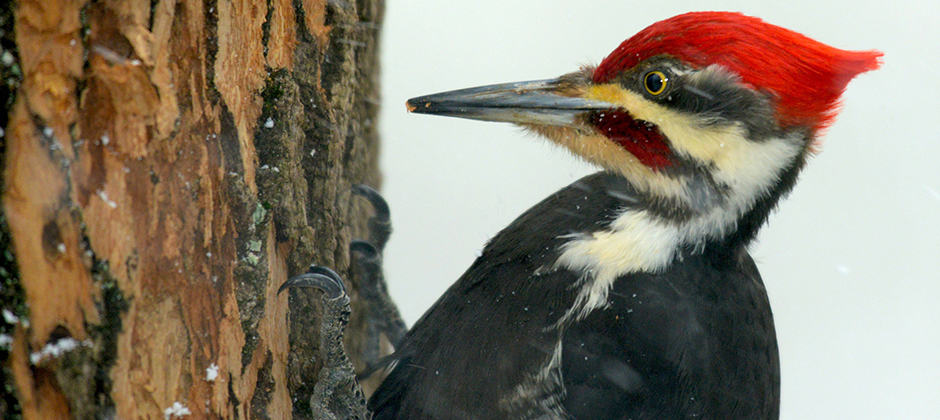Share this article
Birds and insects help control ash borer invasion
Since they arrived in the early 1990s, emerald ash borers have destroyed millions of North American ash trees. Quarantines on wood shipments haven’t worked to control them. But managers have succeeded in limiting their numbers, with some help from birds. Woodpeckers have proved to be particularly effective—especially downy (Picoides pubescens), hairy (Leuconotopicus villosus) and red-bellied woodpeckers (Melanerpes carolinus). The community science organization Project Feederwatch found woodpeckers killed about 40% of emerald ash borers where they appeared. Managers have also used parasitoid wasps—species without stingers that lay their eggs in ash borers. When the eggs hatch, the larvae eat their hosts.
“Together,” author Mike Freeman writes in Audubon, “birds and insects are proving to be a powerful force in the fight to save ash forests.”
Header Image: A pileated woodpecker (Dryocopus pileatus) searches for emerald ash borer larvae in a tree in Pennsylvania. Credit: Joe Kosack/Pennsylvania Game Commission








